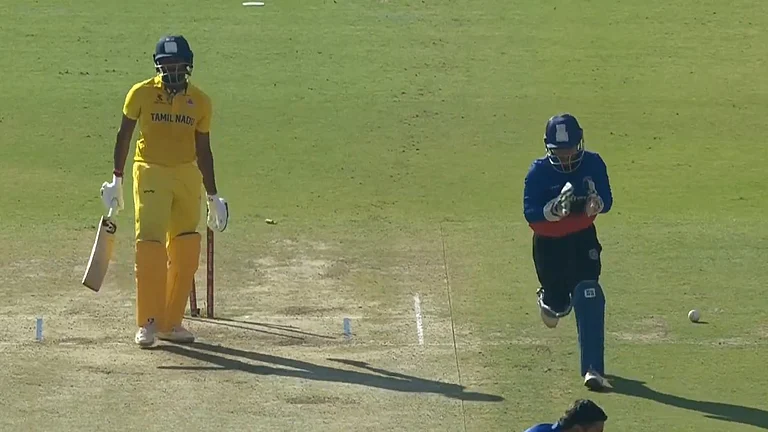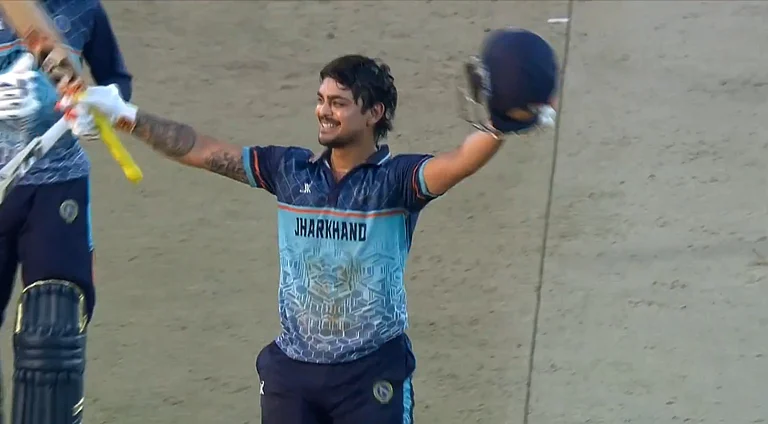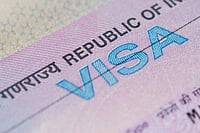It was like the calm before the storm. Right from September 9, when trai issued its first set of proposals on telephone tariffs, everyone seemed to nod their heads in agreement. That was till the final tariff order was presented in Parliament on March 9. That's when two main objections cropped up. First, it became a political issue when MPs opposed the new rates as anti-poor. This was followed by opposition from DoT which said that its revenue stream would be hit by the tariffs, impacting its ability to raise teledensity in the country.
All this has caught trai by surprise. Says a senior official of the regulatory authority: 'We recognise that it is DoT which will increase teledensity, and the new tariffs acknowledge its need for supernormal profits.' In fact, what trai has recommended presently is not very different from what DoT itself had suggested. Consider:
In some cases, though, trai differed with DoT, and with good reason. For instance, DoT felt that it needed to spend Rs 45,000 for every new telephone line. But according to its own data, it spends only Rs 32,800 per line.
And the reduction in std call rates does not merely benefit the rich. That's because DoT derives 30 per cent of its std revenue from village telephones and public call booths. So why the opposition from Mamata Banerjee and her ilk?

























